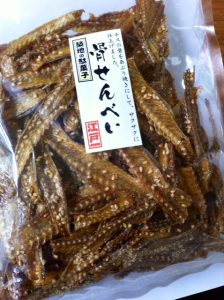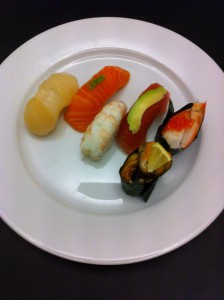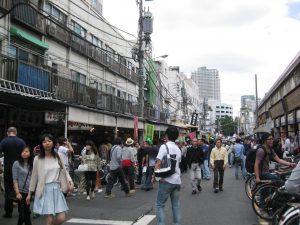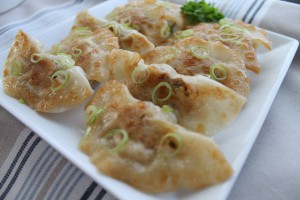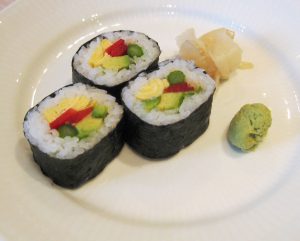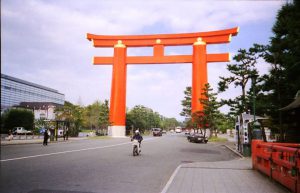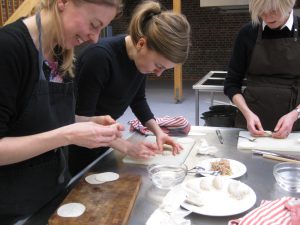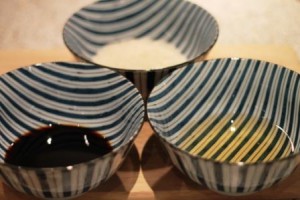 If you do not know what ingredients Japanese chefs use to make sushi you might be several stores befor you are ready to make sushi.
If you do not know what ingredients Japanese chefs use to make sushi you might be several stores befor you are ready to make sushi.
There are many store that do not know which ingredient are the best for sushi. The only one who knows that Japanese trained sushi chef or attendances who have taken a Japanese sushi class.
Yes, it does matter which ingredients to use if you want to make authentic Japanese sushi. At sushi course for beginners I will tell you more about where to buy Japanese ingredients for sushi.
Read more about Sushi course for beginners
_
Zoë has lectured and held sushi courses for A. P. Moller – Maersk, Hugo Boss Nordic, Novo Nordisk, Novartis, Velux, Gorrissen Federspiel, Beierholm revision, Elbek & Vejrup and many more.

